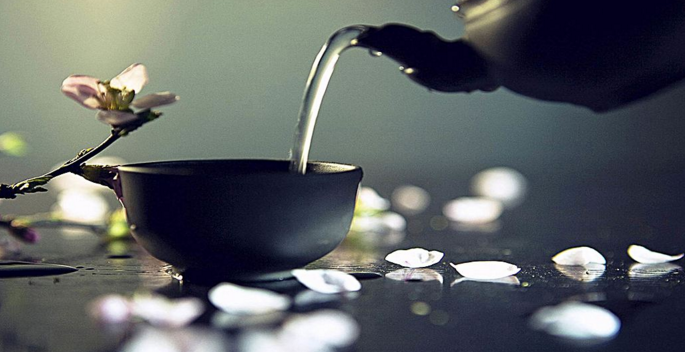
1.Where can we find hongyacha?
A In Beijing.
B In Shanghai.
C In Fujian.
D In Zhejiang.
解析:选C。细节理解题。根据第一段第二句Hongyacha is a wild tea plant only distributed in the narrow mountain area at altitudes of 2,300-3,300 feet (700-1,000 m) of several neighboring villages in the southern region of Fujian Province可知这种野生茶树只生长在福建省,故选C。
2.What’s the effect of hongyacha according to local people?
A To reduce internal heat.
B To cure colds.
C To heal stomach pains.
D All of the above.
解析:选D。细节理解题。根据第二段第一句Local people believe that drinking this tea can reduce internal heat, cure colds, and heal stomach pains, etc.可知当地人相信喝这种茶能够去内热、治疗感冒、治胃痛等等,故选D。
3.Which part of hongyacha contains health-promoting compounds and no caffeine?
A Buds and leaves.
B Buds and flowers.
C Roots and branches.
D Only roots.
解析:选A。细节理解题。根据第三段第一句The researchers found that buds and leaves of hongyacha contain several potentially health-promoting compounds and virtually no caffeine.可知洪崖茶的芽和叶含有多种可能对健康有益的化合物,并且几乎不含咖啡因,故选A。
4.Which of the following statements is NOT true?
A Low-caffeine hongyacha may become a popular drink.
B Hongyacha is different in composition from other species of tea.
C Hongyacha has unique health benefits.
D Hongyacha is distributed in many mountains of Fujian.
解析:选D。细节理解题。根据第一段可知,洪崖茶这种野生茶树只在福建省南方山区很窄的几个村落附近生长,故选D。